In Nightingale, you constantly upgrade your armor. The more Realms you visit, the more dangerous enemies you meet, and as a result, the more gear you need to wear. Creating it, however, requires Textiles.
Throughout your journey, the game doesn’t precisely explain numerous things, including what Textiles actually are and how to get them. This has understandably led to some confusion among the players, but we have it figured out. Here’s how you can get Textiles in Nightingale.
How to collect Textiles in Nightingale
Textiles are ingredients like Felt, Leather and Cloth. It’s basically anything made out of Hide or Refined Fibre.
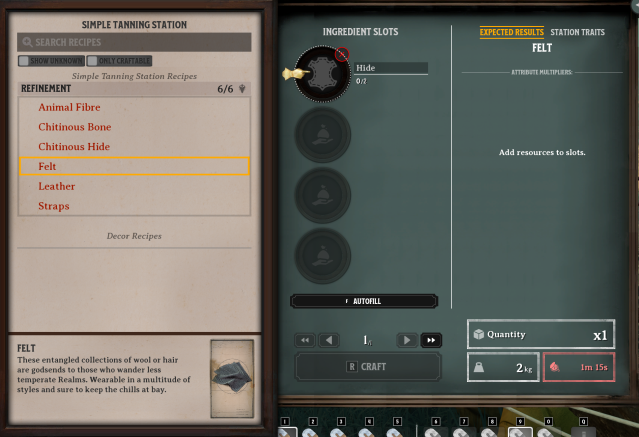
So, there are a few steps to obtain Textiles in Nightingale. First, go hunting for some animals and get some Hide, which you can turn into Felt or Leather. To do that, head over to Simple Tanning Station and use it to transform Hide into one of these ingredients. You need to spend two pieces of Hide for each Felt or Leather.
Once that’s done, you can use these items as Textiles when upgrading your equipment. Textiles are mostly needed when crafting Armor. Fortunately, so far, we didn’t need them when upgrading our weapons or tools.
If you don’t have much time, but a lot of spare Essence Dust, you can always head over to your nearest Essence Trader. They most likely have spare Cloth, Leather, or Felt to sell. But, this is rarely profitable, as most animals drop plenty of Hide for you to stack it up.


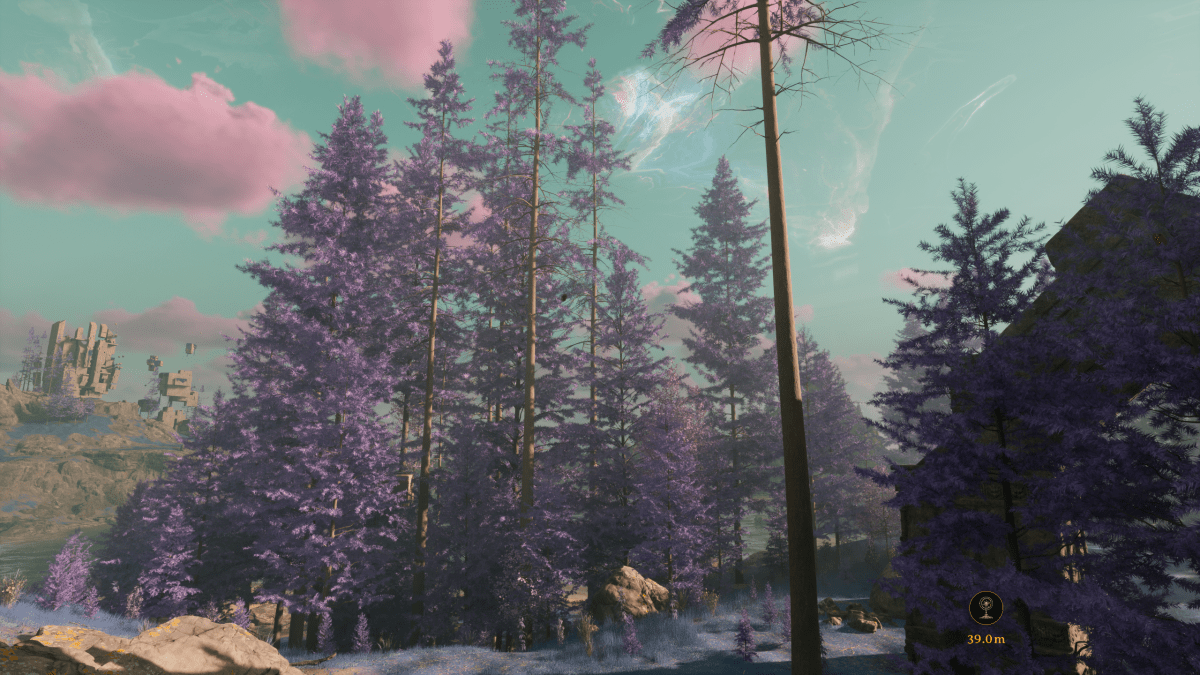
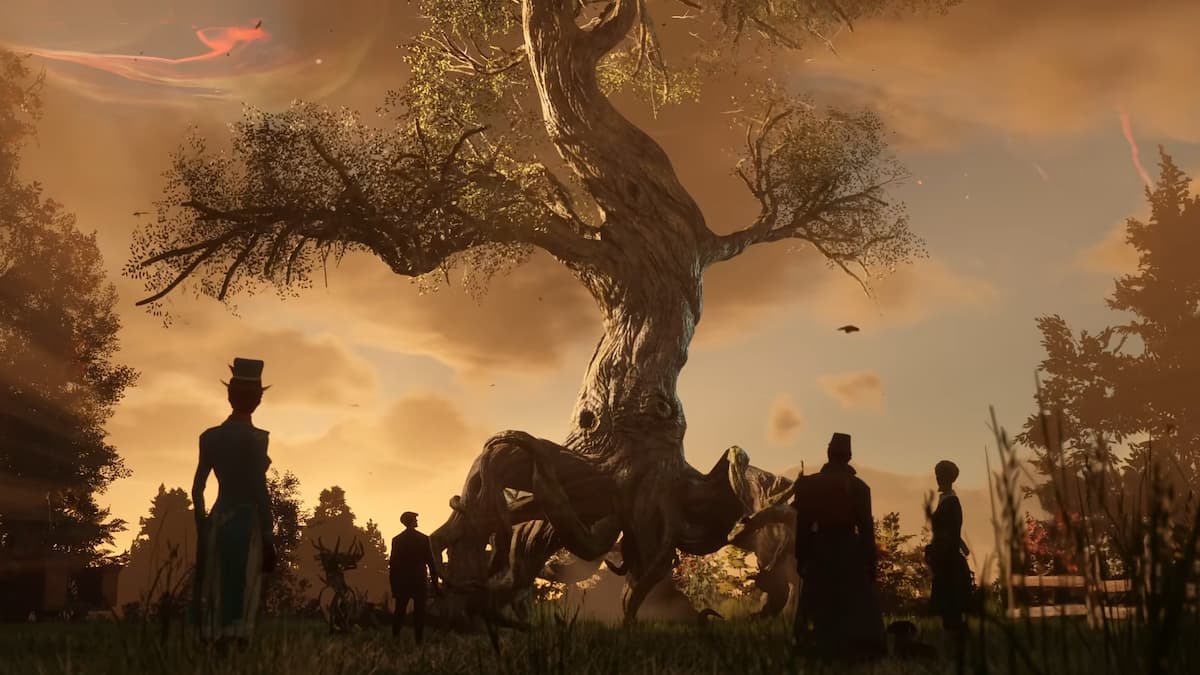


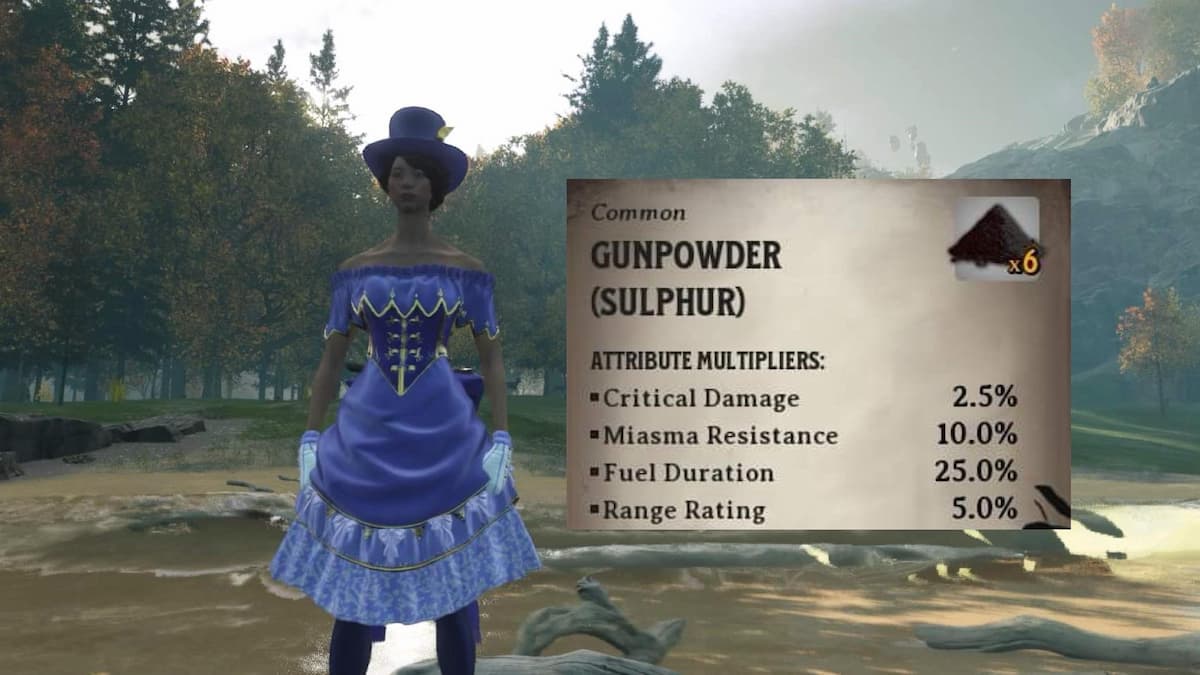
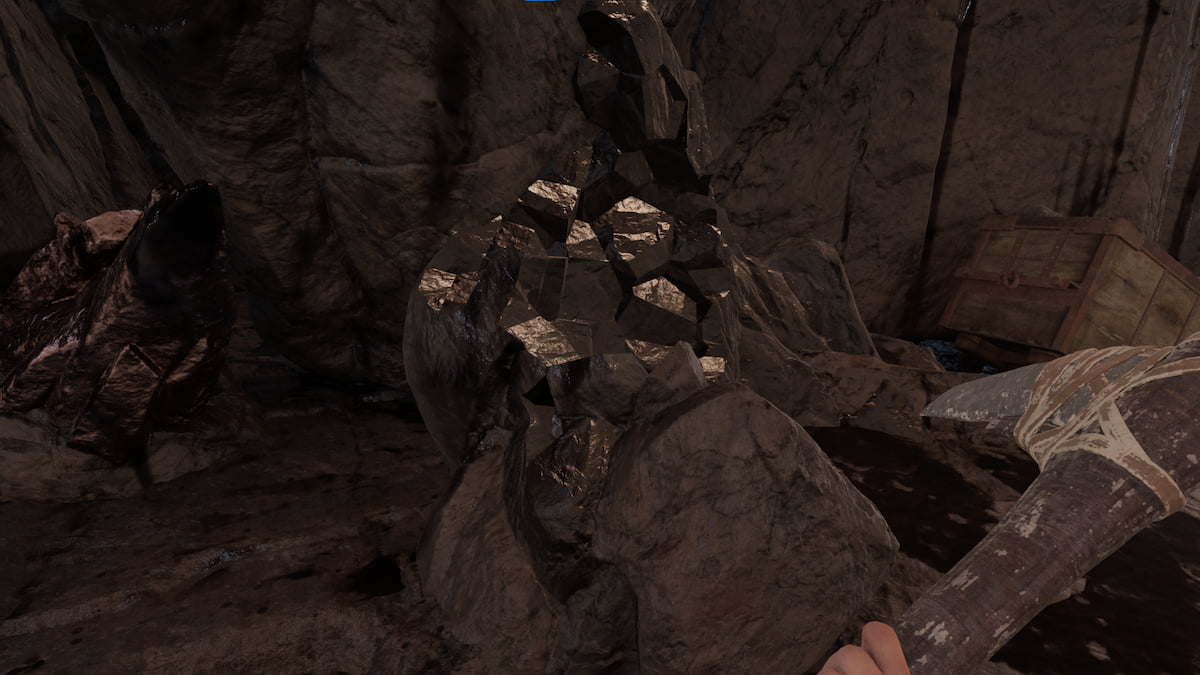

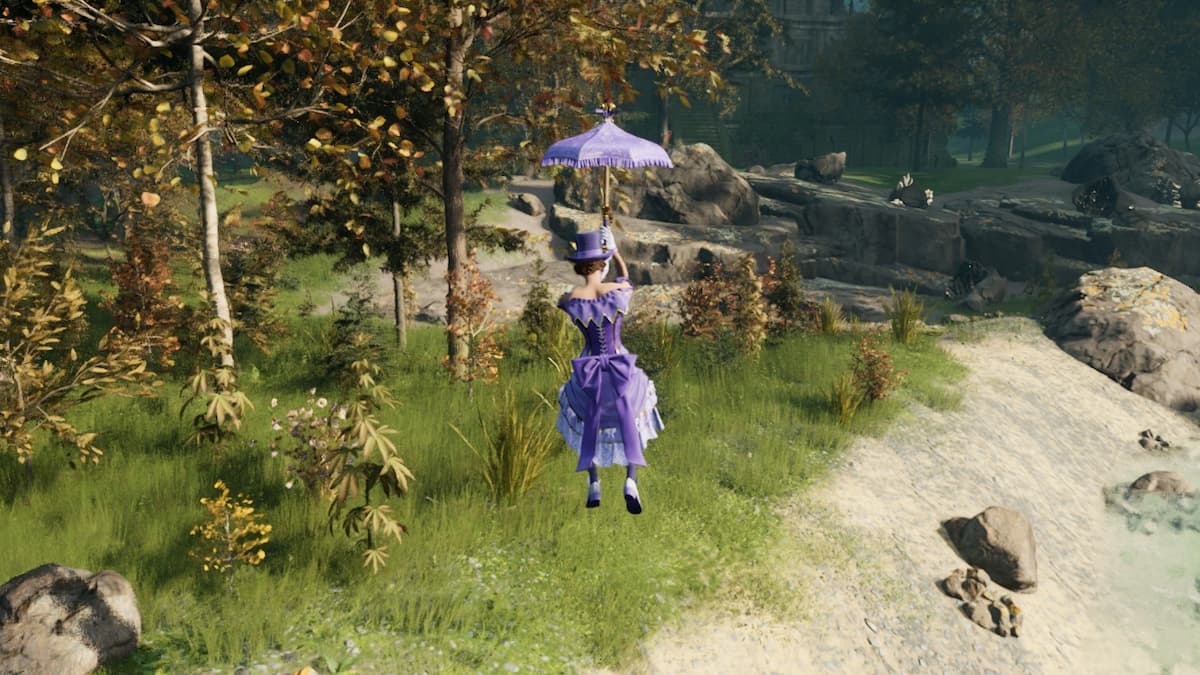
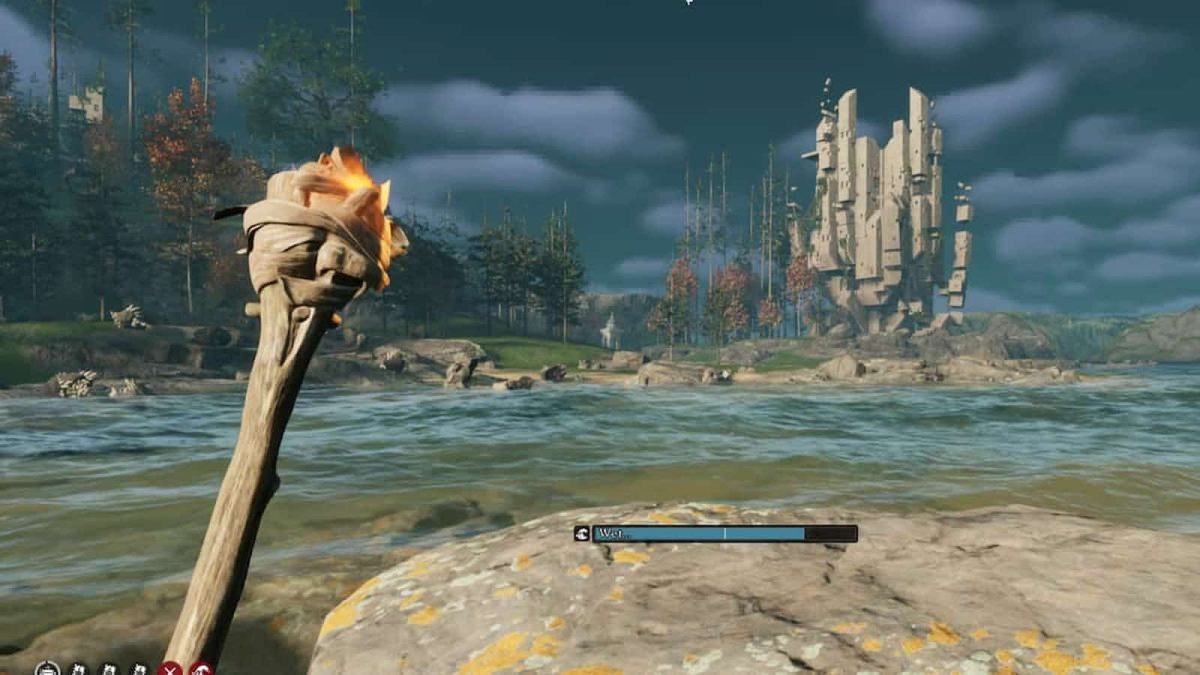

Published: Feb 26, 2024 07:32 am